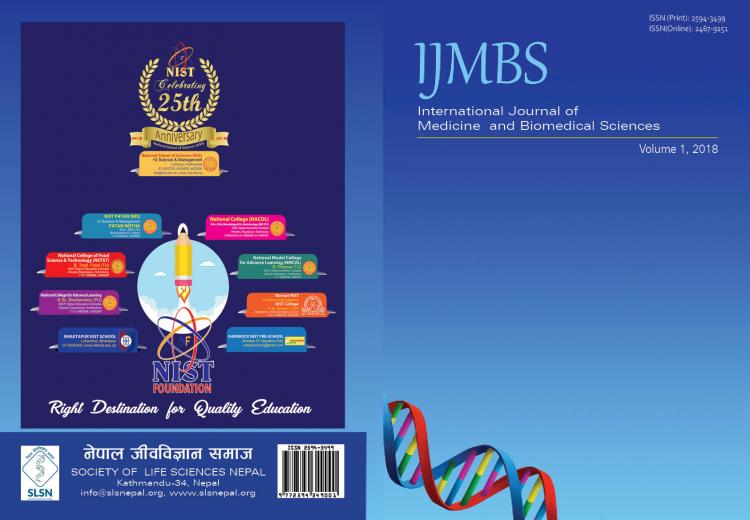Prospective Study on Bacterial Isolates with their Antibiotic Susceptibility Pattern from Pus (Wound) Sample in Kathmandu Model Hospital
DOI:
https://doi.org/10.55530/ijmbiosnepal.v1i1.5Keywords:
Wound infection, Escherichia coli, Staphylococcus aureus, GentamycinAbstract
Background: Wound infection is a very common infection throughout the world and is causing a great fear in developing countries like Nepal. The present study was carried out in Kathmandu Model Hospital with an aim to find out the bacteriological episodes in pus samples in relation to age and sex, Antibiotic Susceptibility Testing (AST) and drug resistance pattern among the isolates.
Methodology: A total of 157 pus samples included in the study were processed in the Microbiology laboratory of Kathmandu Model Hospital using standard microbiological techniques. Identification of organisms was done on the basis of microscopy, colony morphology, and biochemical tests. The antibiotic sensitivity testing of all isolates was performed by Kirby Bauer’s disc diffusion method on Muller Hinton agar and interpreted as per CLSI guidelines.
Results: Analysis of 157 pus samples showed (93, 59.24%) culture positive cases with (63, 67.74%) Multi Drug Resistance (MDR) isolates. Age group (21-30) was found to be the most vulnerable age group. Staphylococcus aureus (29, 28.71%) was the predominant organism isolated among gram positive bacteria and Escherichia coli (26, 25.74%) among gram negative bacteria. Gentamycin was the most sensitive antibiotic among gram positive bacteria whereas Amikacin being the most sensitive Antibiotic among gram negative bacteria.
Conclusion: Antibiograms of isolates can serve as a tool for physicians to start an empirical treatment and minimize the drug resistance problem.
Downloads
Published
How to Cite
Issue
Section
License

This work is licensed under a Creative Commons Attribution 4.0 International License.
IJMBioS follows the following Terms and License of the manuscript under Attribution-NonCommercial 4.0 International (CC BY-NC 4.0) where Author and Journal are can Share — copy and redistribute the material in any medium or format and Adapt — remix, transform, and build upon the material, and it is Non-Commercial.





